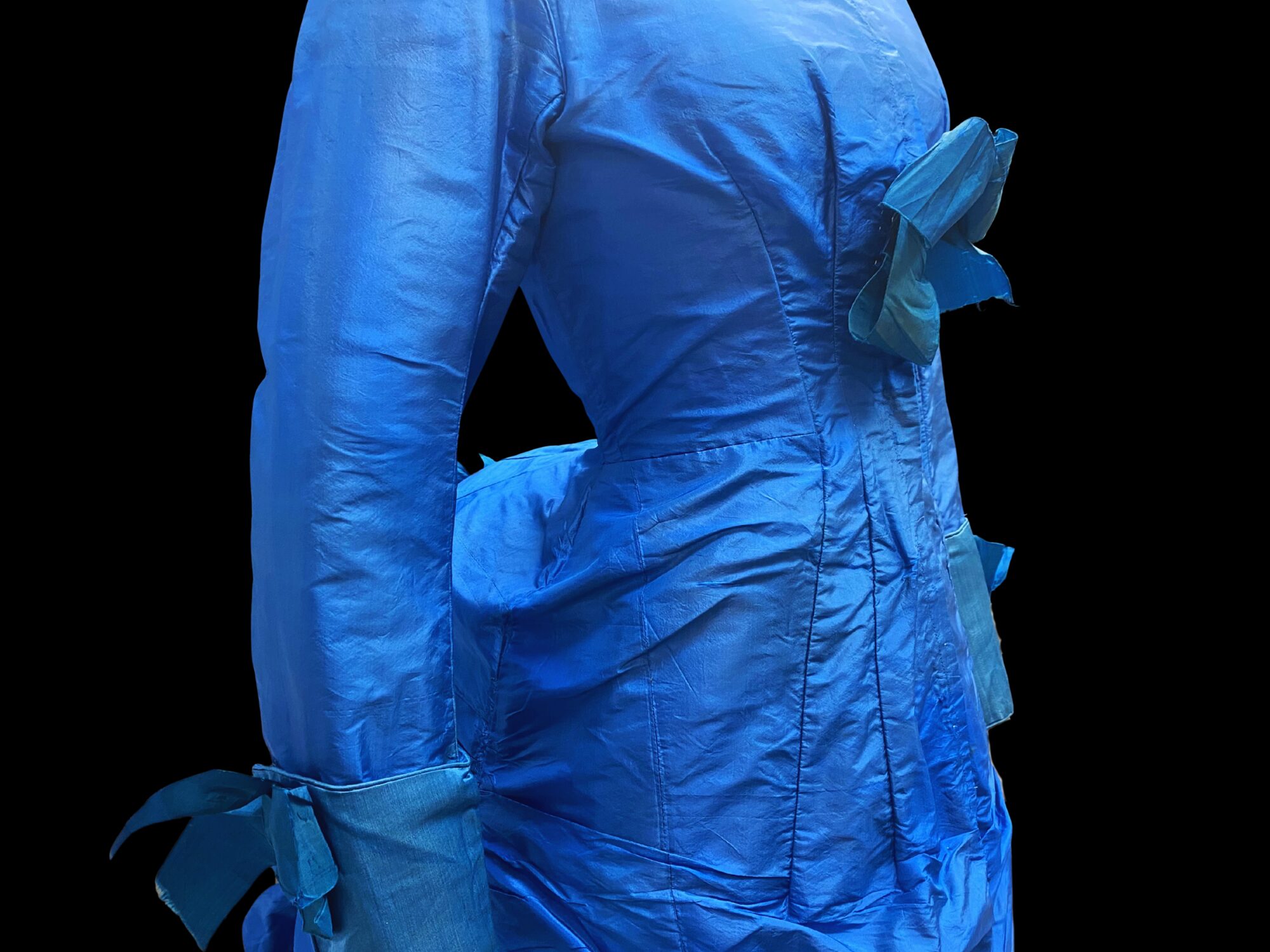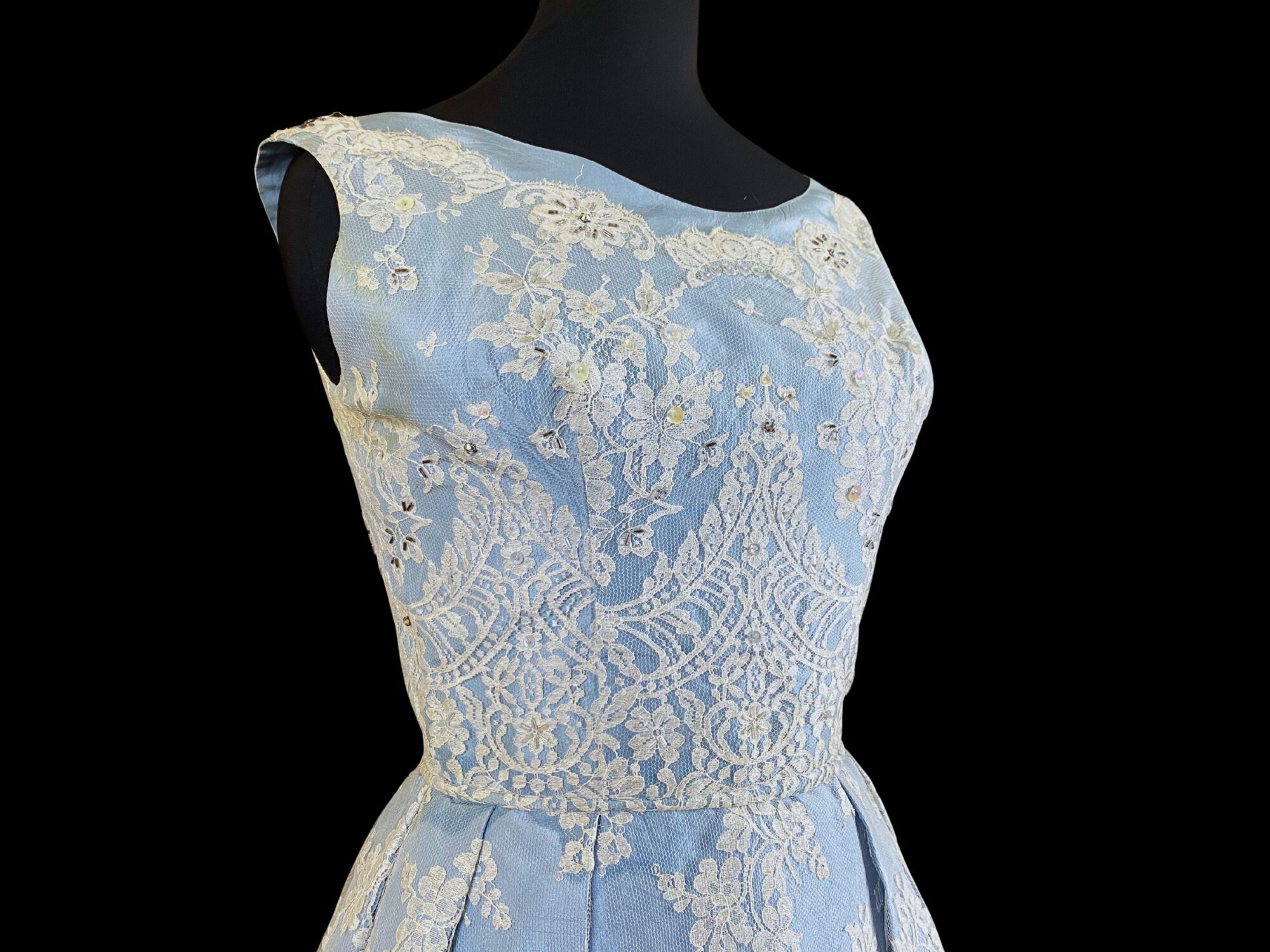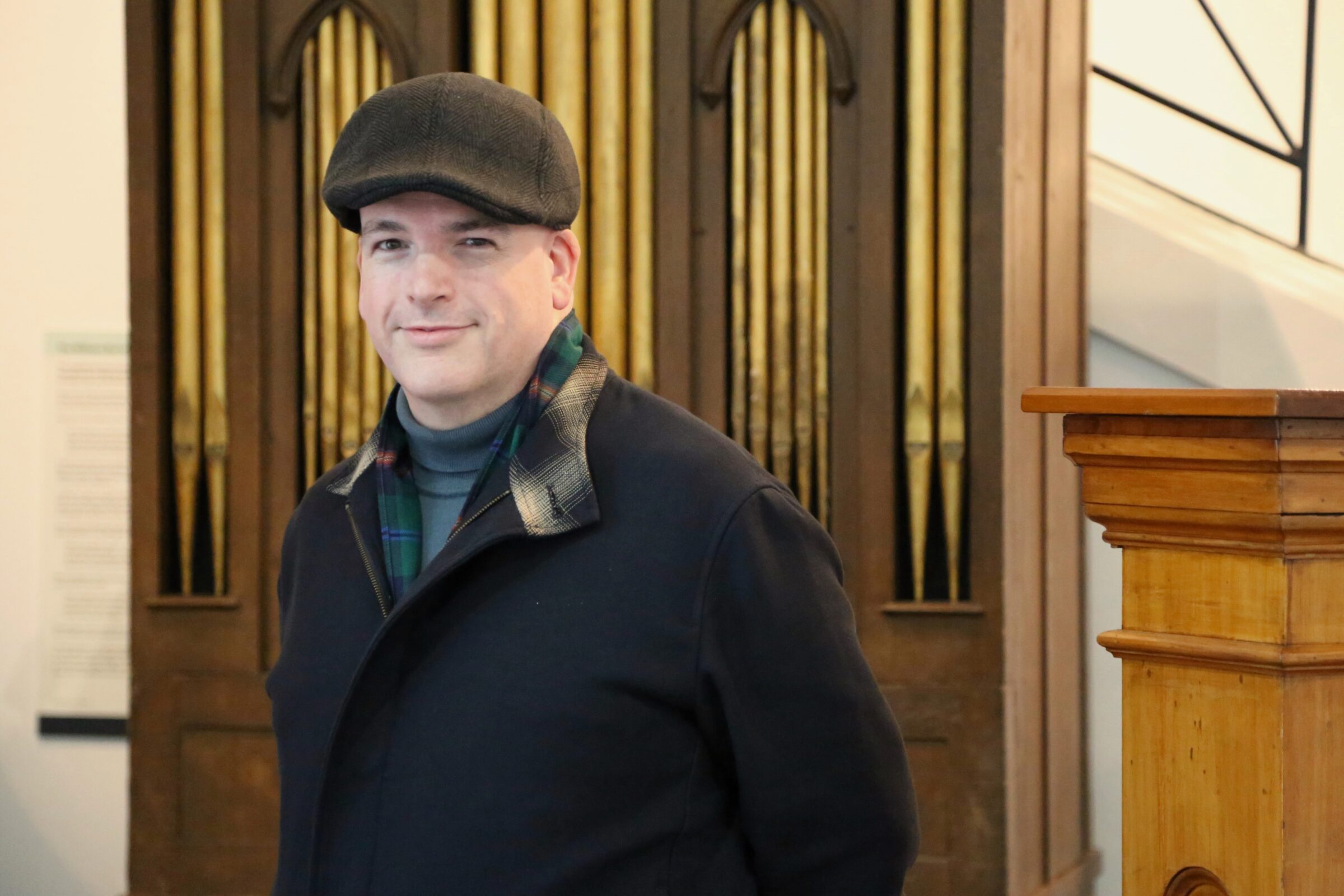Collection Stories
This beautiful late-1950s black silk cocktail dress with a black bolero jacket is decorated with hand-painted roses in tones of pink, red and cream. The outfit shows off the many talents of an Italian refugee who, for a few short years, set up shop in Dublin Street, Whanganui as a dressmaker and artist. Her name was Fernanda Kula-Kaczmarski.
Fernanda (nee Castelli) was born on 24 November 1924 in Fiume, Italy. As a young child she was taught by her father how to draw and paint. She showed great artistic talent. At age 12 she won a scholarship to attend the Venice Academy of Fine Arts where she studied painting. Upon completion of her studies she returned home. The political mood in Italy at the time was turbulent as it headed towards war, so Fernanda’s mother made her learn the practical skills of dressmaking and cooking. The combination of these skills was to hold her in good stead for later life.
Fernanda’s mother died when she was 16. She married aged 17 in 1941 but the marriage ended in 1947. She had a child, Alvaro, in 1948 and by 1950 she was living in a displaced persons camp in Naples. It was around this time that she met her second husband, a Pole named George Kula-Kaczmarski. George, Fernanda and Alvaro were booked to voyage to Canada on a refugee ship, but as Alvaro was sick, they missed their passage. Canada’s loss was to be New Zealand’s gain.
New Zealand policy towards refugees was to obtain people with skills that were desirable and useful to New Zealand. George, as a radio technician, and Fernanda, as a dressmaker, and cook, were considered ideal candidates. The Kula-Kaczmarski family left Naples on 8 July 1951 on MV Goya. Accounts from fellow passengers, held at National Library in Wellington, refer to the poor conditions on board during the voyage to Wellington. They were happy to set their feet on solid ground when they arrived in Wellington Harbour on 14 August 1951.
As with many refugees, arriving in New Zealand post World War II, they were sent to the refugee camp at Pahiatua in Wairarapa, where Fernanda gave birth to another son, Robert in November of that year. George was multilingual, and his ability as a translator was useful to the Polish orphans who had come to New Zealand in 1944 and were housed in Pahiatua until the camp closed in 1952.
The family then moved to Wellington, where their daughter Barbara, was born in 1954 and another son, Edward, in 1958.
In 1959 or 1960 they moved to Whanganui, setting up shop. Kula Studios was at 2 Dublin Street, overlooking the Dublin Street Bridge. It was a large two-story house with accommodation on the top floor and the dressmaking shop below. George had an Electrolux sales room next door. The building was demolished in the early 1970s to make way for the Astral Motel.
Fernanda employed at least two dress makers to help her. One was Pam Bryers who went on to enter the Benson and Hedges Fashion Awards in 1969. Kula Studio made wedding gowns as well as other formal dresses. Fernanda often hand-painted decorations on her dress creations.
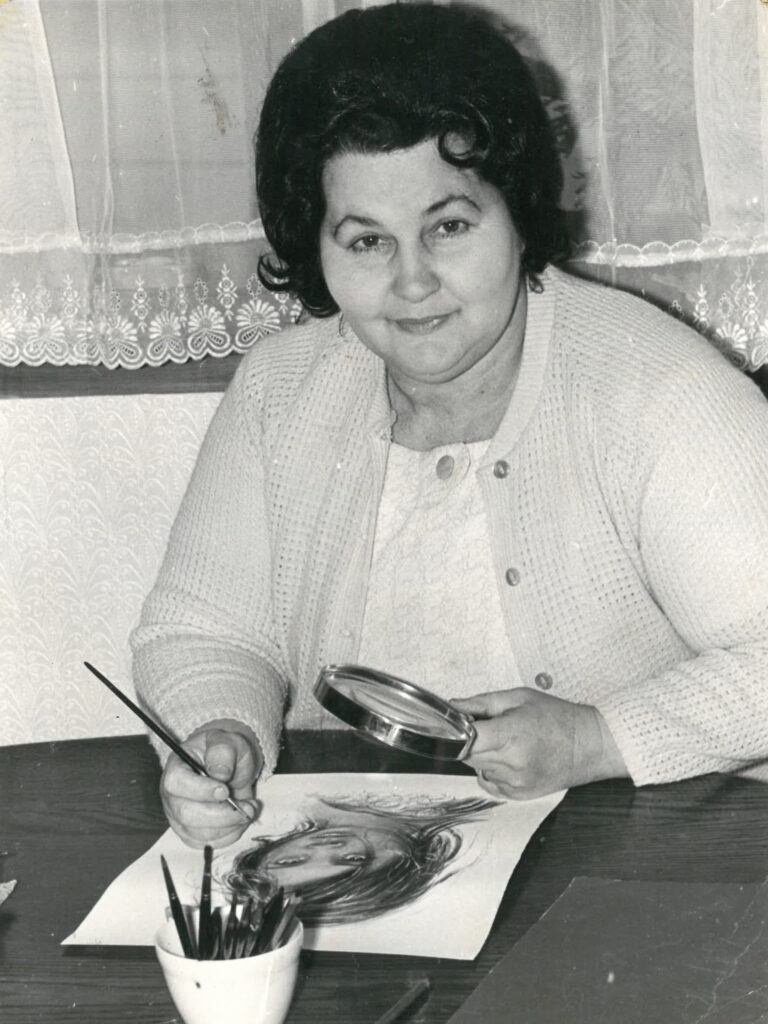
Photographer: unknown
Photograph from the private collection of Barbara Burgess, Fernanda Brenner’s daughter
In 1963 George and Fernanda separated and Fernanda moved back to Wellington where she married Karl Brenner. She gave up dressmaking and once again focused on her painting, something that she did her whole life. While she was in Whanganui, she became fascinated with Māori faces and would head up the Whanganui River to find people who would let her paint their portrait. She once painted the Māori Queen, Dame Te Atairangikaahu, with whom she became great friends. She painted other well-known New Zealanders such as Dame Cath Tizard and Dame Kiri Te Kanawa. Fernanda also painted flowers, birds and landscapes. She became a member of the New Zealand Academy of Arts and taught painting as well as exhibiting regularly in Wellington galleries.
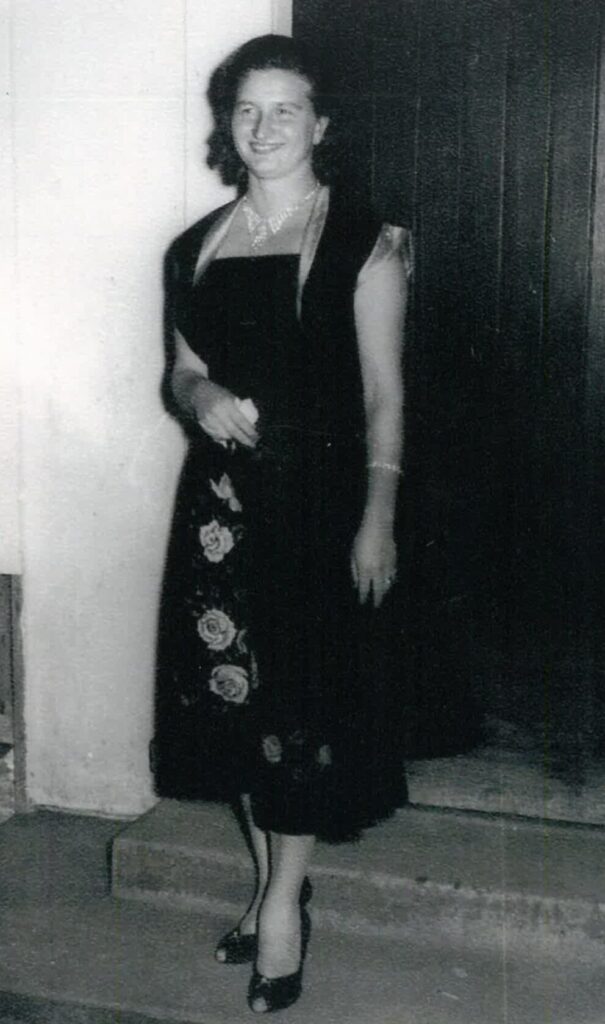
Photographer: unknown
Photograph from the private collection of Barbara Burgess, Fernanda Brenner’s daughter
Fernanda is said to have had a very bubbly and expressive personality. She was very friendly and made friends for life with the other refugees living around her, including Emma Nebesky for whom she made this dress. Emma’s daughter Liz Richards donated the dress to the museum. Fernanda died on 25 August 2005 in Wellington.
By Trish Nugent-Lyne, Pou Tiaki/Collections & Curatorial Lead at Whanganui Regional Museum.
Cocktail dress, late 1950s
Designed and made by Fernanda Kula-Kaczmarski (1924-2005)
Made from silk
Donated by Liz Richards in 2021
WRM 2021.19
Photographed by Kathy Greensides
View the full-length image
Visit the museum to see the cocktail dress and jacket up close in the exhibition Pūeru Ora – Past, Present, Pose.


